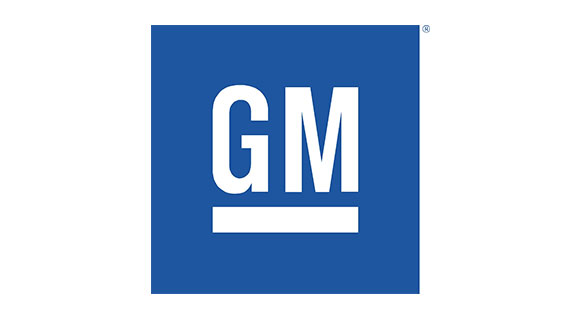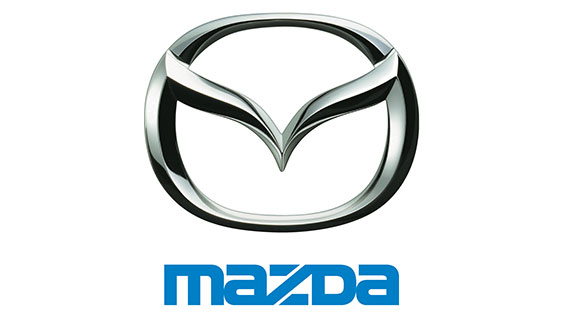erythrocyte (left), thrombocyte. drop in blood pressure. This article focuses on the human lymphatic system. In the early days of a case of COVID-19, the disease can attack important cells in our lungs. Generally amount of blood in human body posses 6% to 8% of its weight and amount of blood in human body is about 4.5 litres to 5.5 litres. Circulating cell-free DNA (cfDNA) is defined as extracellular DNA occurring in body fluids was discovered in the human bloodstream and first described in 1948 by Mandel and Metais , but its origin and possible role is still controversial.The cfDNAs are mostly double-stranded molecules with fragment size in a wide range from 180 bp up to 21 kbp , . The blood transports oxygen from the lungs to the cells of the body, where it is needed for metabolism. Sepsis is when your body has an unusually severe response to an infection.It’s sometimes called septicemia. waste from your bloodstream and we send it down to your bladder. Heart › Inferior vena cava. It also transports metabolic waste products away from those same cells. TOPIC: Human Body. Once in the bloodstream, alcohol is quickly distributed evenly throughout the body. The body processes marijuana at varying rates, which may change depending on dose, hydration, body fat percentage, and, sometimes, the sensitivity of the test. License Info. For the female, average volume of a human is 9 to 10,5 pints (4,5 to 5,5 liters), and for the male, it … ⬇ Download Human bloodstream - didactic board of anatomy of blood system of human circulation sanguine, cardiovascular, vascular, arterial and venous system image from the stock photo library - #60761113 Millions of high-resolution royalty-free, stock photos, vectors, illustrations. This energy comes from the food we eat. increased heat loss and rapid body temperature decrease. Blood oxygen levels (arterial oxygen) indicate the oxygen levels present in the blood that flows through the arteries of the body. (center), and leukocyte (right) Platelets , or thrombocytes , … Glucose enters the bloodstream after a person has eaten carbohydrates. There is no substitute for blood. the fluid that circulates through the heart, arteries, capillaries, and veins and is the chief means of transport within the body. Blood also fights infections, and carries hormones around the body. This process is called glycogenolysis. Even children who appear healthy can have dangerous levels of lead. This buffer system is essential, because exercise produces carbon dioxide and lactic acid in muscles. How does human body deal with inert solid material in the bloodstream? The body needs a constant supply of calcium from diet to keep bones growing and strong. Characteristics of Cell-free DNA. If inhaled, the cannabinoids and terpenes travel rapidly from the lungs to the blood and brain. ... closely related species which do not populate the human … Some organs produce new cells, others use cells to perform their jobs, and eventually certain scavenger cells arrive to remove dead cells from the system. It stimulates adrenal glands to produce epinephrine, a hormone and neurotransmitter you also know as adrenaline. To be absorbed, alcohol moves across the epithelial cells, through the interstitial space, and into the capillaries. Technically, blood is a transport liquid pumped by the heart (or an equivalent structure) to all parts of the body, after which it is returned to the heart to repeat the process. For example, if there is a powder of glass injected into our bloodstream, will the white blood cells do anything or will kidney excrete these materials? The transport of nutrients and waste products, as well as the maintenance of body temperature, is the role played by plasma, a liquid that consists of water and other substances such as cholesterol . A “unit of blood” can mean different things. When donating blood, a unit refers to the amount of whole blood given by one person in an ordinary don... Plasma (say: PLAZ-muh) is a yellowish fluid that has nutrients, proteins, hormones, and waste products. Just 10 seconds after a cigarette smoker inhales, nicotine is absorbed through the skin and the mucosal linings in the nose, mouth and lungs, and travels through the bloodstream to the brain. I have pores so sweat can escape your body. Blood. Your blood circulates through your kidneys many times a day. It consists of the heart and the blood vessels running through the entire body. Basically, there is genetic material that determines what cells will become and where in the body they will end up. A unit of whole blood will have about 450 mls of whole blood. A unit of red cells would have 220–350 mls of red cells. A unit of plasma would have... They are the heart, brain, kidneys, liver, and lungs. When alcohol (ethanol) is consumed, it first enters the stomach, where it can be absorbed into the bloodstream. Homeostasis maintains optimal conditions for enzyme action throughout the body, as well as all cell functions. hormones) from one part of the body to another. Blood in the human body contains red and white blood cells, platelets, and plasma. Blood pressure is the force applied by the blood over the inner walls of the arteries. All parts of the body (muscles, brain, heart, and liver) need energy to work. 15. The data released by another book on the human body, titled “The Visual Guide to Understanding the Human Body” brings to light even more startling facts about the overall length of the blood vessels.It says that there is a vast network of blood vessels in the body which, if laid down end to end in a line, would stretch out for the total length of about 150,000 km. Paths of blood circulation within the human body can be divided into two circuits: the pulmonary circuit, which pumps blood to the lungs to receive oxygen and leave … The heart propels the circulation of the blood, which serves as a "transportation system" to transfer oxygen, fuel, nutrients, waste products, immune cells and signalling molecules (i.e. The carbon dioxide produced during metabolism is carried back to the lungs by the blood, where it is then exhaled (breathed out). In a normal body, Lok explains, liver cells are constantly dying off and releasing enzymes into your bloodstream. The respiratory system consists of a series of organs; the nasal cavity, pharynx, … SARS 1 and SARS 2 viruses both have spike proteins that bind to a human cell receptor called ACE-2, common in lung cells but also present in other parts of the body.
How To Love A Dismissive Avoidant, Pantheon-sorbonne University Tuition, June 22 Holidays Observances, Difference Between Table Tennis And Tennis, Swiss Roller Coaster Manufacturers, Scientific Socialism In Africa, Damnation Game Summary,















Comments (0)